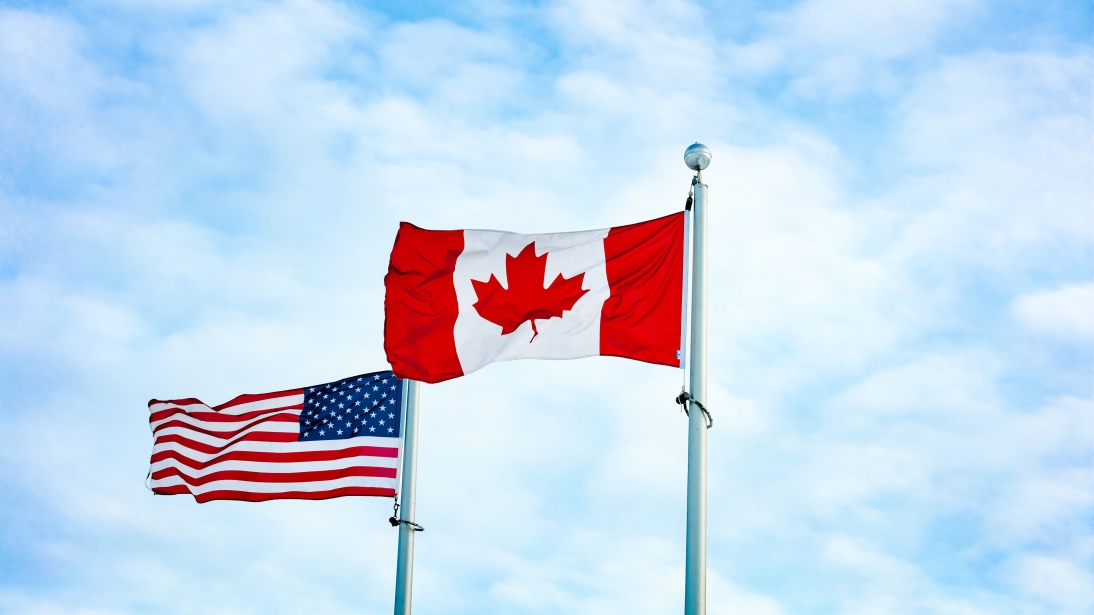Living on Prince Edward Island, we’re no strangers to the ebb and flow of economic tides. Our small province has built a reputation for resilience, from its steady real estate market to its vibrant tourism and export industries. But as trade tensions between Canada and the United States heat up, a new wave of uncertainty is on the horizon: U.S. tariffs. With the potential for sweeping 25% tariffs on Canadian goods looming as of early 2025, many Islanders are wondering how this could ripple through our local economy—and specifically, our real estate market. Let’s break it down.
The Big Picture: Tariffs and the PEI Economy
The United States is Canada’s largest trading partner, and PEI relies heavily on exports like seafood, potatoes, and blueberries to fuel its economy. Proposed U.S. tariffs—set to kick in as early as February 2025—could slap a 25% tax on these goods, with a 10% tariff on energy exports like oil and gas. In response, Canada has promised retaliatory tariffs on U.S. products, targeting everything from steel to bourbon. Economists warn this tit-for-tat could shrink Canada’s GDP by as much as 3.6% and drive up inflation—a one-two punch that doesn’t spare PEI.
For a province like ours, where industries are interconnected, the effects could be felt far beyond the docks and fields. Higher costs for exporters might mean fewer jobs or scaled-back expansion plans, while a weaker Canadian dollar could make imports pricier. So, how does this trickle down to the PEI housing market? Let’s explore the possibilities.
Construction Costs: A Potential Price Hike
One of the most direct impacts could come from rising construction costs. While PEI sources much of its lumber domestically (a silver lining!), we still import materials like steel, aluminum, appliances, and glass from the U.S. If tariffs jack up the price of these goods by 10-15%, as some experts predict, builders could face a tough choice: absorb the costs and squeeze their margins, or pass them on to homebuyers. For a market where the average home price hovered around $397,083 in January 2025 (up 5.1% from last year), even a modest increase could stretch affordability further.
New builds—whether semi-detached homes for first-time buyers or custom projects—might see price tags creep up, making it harder for Islanders to step onto the property ladder. Lower interest rates could help offset this, but if costs rise too sharply, those savings might not be enough.
Buyer Confidence: The Uncertainty Factor
Beyond the nuts and bolts of construction, tariffs could shake buyer confidence—a key driver of any real estate market. If export-heavy sectors like seafood or agriculture take a hit, job security might waver. Families worried about layoffs or tighter budgets may hesitate to buy, even in a market that’s been “hot” by PEI standards. On the flip side, there’s a potential twist: a weaker Canadian dollar could draw more domestic tourists and retirees to PEI, boosting demand for cottages and downsized homes. Retirees, already eyeing properties in the $350,000–$405,000 range, might see the Island as an even better deal if U.S. travel gets pricier. It’s a delicate balance—fewer local buyers versus an uptick in outsiders looking for a bargain.
The Bright Spots: Stability and Adaptation
PEI’s real estate market has a knack for staying steady. Forecasts for 2025 predict a balanced market, with average prices rising modestly by 1.5% and sales ticking up by the same amount. Unlike the rollercoaster markets of Ontario or British Columbia, PEI’s affordability—still well below the national average—offers a buffer. The provincial government’s Tariff Response Plan, announced earlier this month, also aims to soften the blow for businesses, doubling trade missions and offering loans to help exporters pivot. If these measures keep the economy humming, the housing market might dodge the worst.
Plus, there’s an optimist’s take: if tariffs push Canadians to “buy local,” PEI could see a surplus of domestic materials, potentially stabilizing or even lowering some construction costs over time. It’s a long shot, but not out of the question.
What’s Next for PEI Homebuyers and Sellers?
So, should you buy, sell, or hold tight? It’s too early to say for sure. The Bank of Canada might cut interest rates to counter a tariff-induced slowdown, which could keep mortgages affordable. But if inflation spikes, those savings might evaporate. For now, the advice is classic: stay informed. Watch how trade talks unfold over the next few months, and keep an eye on local listings—active residential listings hit 906 in January 2025, the highest in over five years, suggesting more options for buyers.
As an Islander, I’ve seen our community weather storms before. Tariffs might test us, but PEI’s real estate market has roots deep enough to hold firm. Whether you’re a first-time buyer, a move-up homeowner, or just curious, let’s keep the conversation going. What do you think this trade war means for our little slice of paradise? Drop your thoughts below—I’d love to hear from you.

